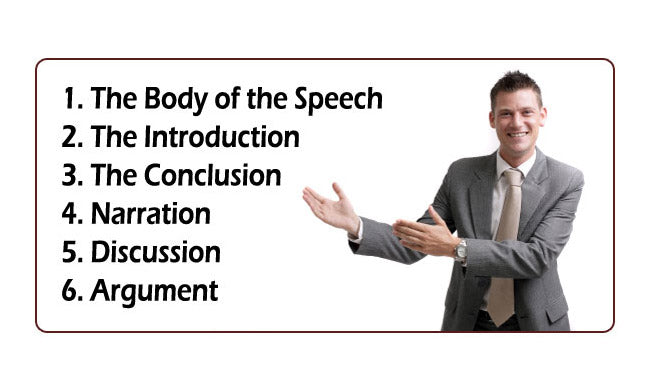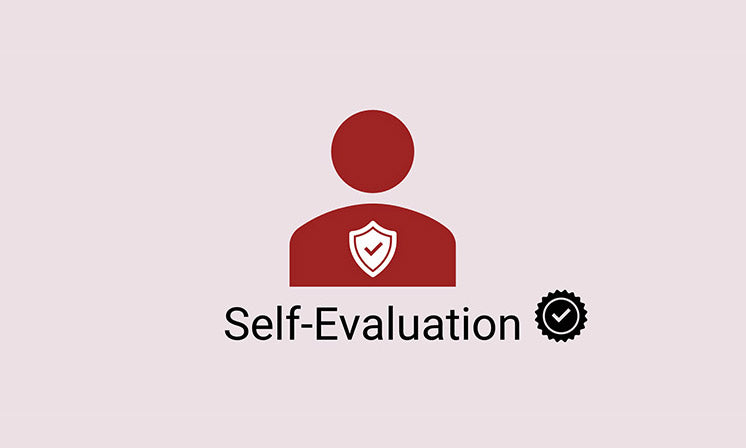If there is one thing less appealing than giving a public talk is giving a bad one. If you haven’t prepared your speech don’t have high expectations. Experience shows that giving a speech without prior preparation often fails to impress.
Public speaking is not most people’s ideal way of delivering their message or selling their ideas and products. We much rather write to people about our cause than give a speech in to a group of people. Especially if it is going to be in front of unfamiliar faces. Fear of failure, being unfairly judged or even not accurately delivering what we are passionate about is what makes public speaking so unpopular.
A well structured and interesting speech combined with expression of passion and interest in the subject makes the whole experience easier and even enjoyable. Delivering a speech that you have written means that you will be in control of expressions, examples and conclusions. You can decide how successful, interesting, informing or humorous your speech is and how much it would influence those listening. Knowing the basic guidelines to write an engaging and enlightening speech will increase your confidence while delivering and ultimately plays an important role in increasing the rate of success in your personal and professional lives.
This article explains six steps essential to composing a successful speech and contains some useful tips on how to make the process as flawless as possible.
Step 1: The Body of the Speech
- Write down everything you want to include in your speech as points on separate sheets of paper.
- Separate the sheets with most general points from others.
- Arrange the remaining points as subheadings of the general points. You may decide not to use all of them or add new ones.
- Explain each point individually, relating each subheading to its main topic. Do not jump from one subheading to the other. Do it in a logical and sensible order.
Tips:
- Spread out sheets with points on them in front of you to see points more easily and rearrange them if needed.
- Avoid “Mental notes”. They don’t usually work. Prepare and rehearse your speech beforehand so that on the stage it sounds as if you are inspired by the moment.
Step 2: The Introduction
- This is your first and best chance to attract the attention of your audience.
- Vivid and dramatic first sentence captures audience imaginations.
- Start by talking about a current event which has already caught public attention and then link that news to your topic.
- Jokes and humorous stories make for successful opening lines and smiling audience would be more receptive to the cause or idea that follows.
- At the end of your introduction, direct attentions towards the body of the speech.
Tips:
- An unrelated joke can backfire and damage your credibility as a speaker.
- Evaluate your audience before starting your introduction. Stories considered too personal may not be received well between some audiences.
- The introduction should say why argument is worth believing.
Step 3: The Conclusion
- Conclusion is simply a summary of what has been said so far. According to one old successful story-teller, the secret of his success was “Well, I’ll tell you. First I always tell them what I am going to tell them. Then I tell it to them. Then I tell them what I’ve just told them”
- Conclusion allows listeners to reflect back on what you’ve told them and how all the information in the speech fit together.
Tips:
- Do not include anything new in conclusion
- Do not draw general conclusions from your speech. Be precise and specific.
Step 4: Narration
- Everyone loves a good story, so take advantage of narration in your speech.
- The beginning of narration must be interesting and attention grabbing.
- Identify the characters and set the scene for what is to follow.
- Always plan your story so the time you give to each part is in proportion to its importance.
- Keep the story short and simple and finish off sharply at the end.
Tips:
- Group several phases of the story on a comparable plot as this method makes the story more recognizable and memorable.
- Practice your narration skills on family members and let their questions and facial expressions guide you towards a more successful narration.
Step 5: Discussion
- Discussion or exposition is about telling about, why and how.
- The most important point to remember while conducting discussion is the audience’s interest in the subject.
- The topic may be very close to your heart but why should your audience consider it at all?
- Set aside your point of view and see your subject from your audiences’ point of view.
Tips:
- When using technical terms, describe the action or object before using the term.
- If using figures, try to round them up. Make your statistics meaningful.
Step 6: Argument
- Argument in a speech is speaking to persuade. It is used to win support for or defend your idea, cause or product.
- No matter how strongly you believe in your cause, the structure of your argument should be firstly logical and then emotional.
- First step is to gather information and evidence and classifying them by kind and strength.
- When composing your argument, focus on those audiences whose mind has not been made up fully and there is a chance that they will accept your argument.
Tips:
- Anticipate objections to your argument and be prepared for challenges.
- You can hold back a surprising piece of evidence until end for maximum effect.
Soft Skills Training Materials
Get downloadable training materials
Online Train the Trainer Course:
Core Skills
Learn How to Become the Best Trainer in Your Field
All Tags
Training Resources for You

Course Design Strategy
Available as paperback and ebook

Free Training Resources
Download a free comprehensive training package including training guidelines, soft skills training activities, assessment forms and useful training resources that you can use to enhance your courses.

Our Comprehensive Guide to Body Language

Train the Trainer Resources
Get Insights - Read Guides and Books - Attend Courses
Training Materials
Get downloadable training materials on: Management Training, Personal Development, Interpersonal Development, Human Resources, and Sales & Marketing














Leave a comment
All comments are moderated before being published.
This site is protected by hCaptcha and the hCaptcha Privacy Policy and Terms of Service apply.